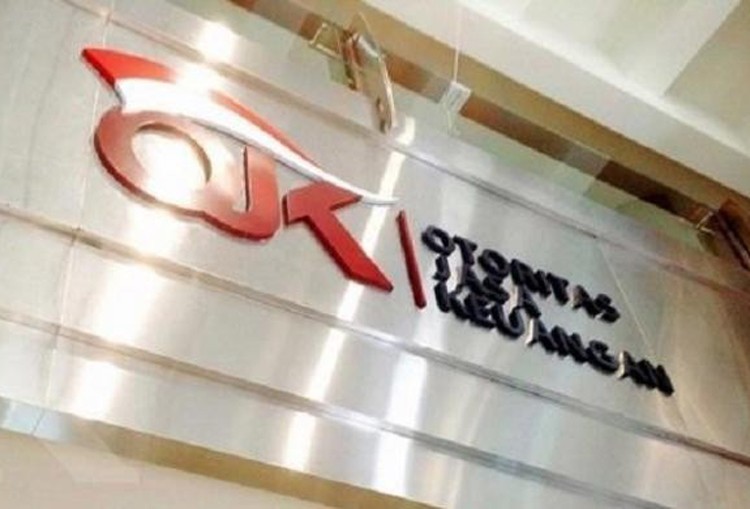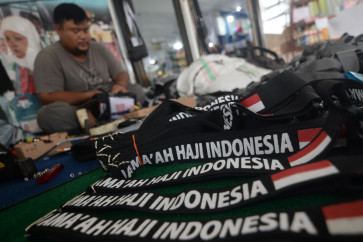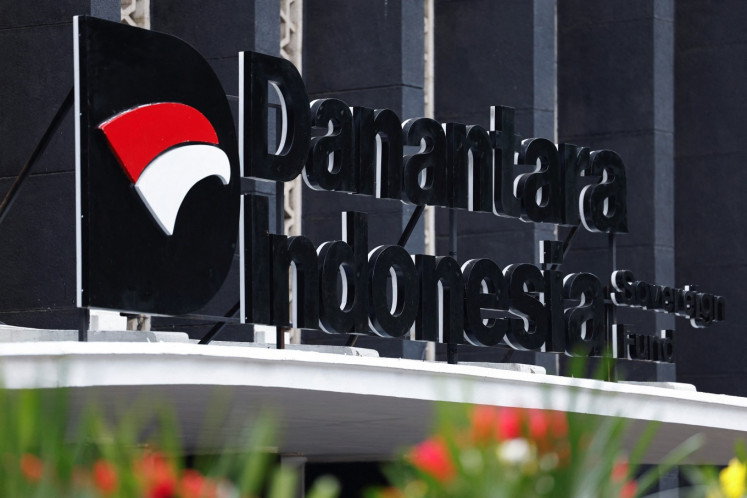OJK reports Rp 500t in excess liquidity
Change text size
Gift Premium Articles
to Anyone
 The Financial Services Authority's (OJK) office (kontan.co.id/File)
The Financial Services Authority's (OJK) office (kontan.co.id/File)
T
he Financial Services Authority (OJK) has reported that banks in Indonesia have recorded Rp 500 trillion (US$32.94 billion) in excess liquidity.
The excess liquidity may be attributed to rising interest rates and economic instability, which drives individuals and businesses to store money in banks.
However, OJK chairman Wimboh Santoso said banks were still healthy with an average capital adequacy ratio (CAD) of 23 percent — well above the 10 percent OJK minimum — and that average loan growth as of August was 12.12 percent year-on-year.
The positive figures are supported by improving commodity prices, which has supported consumption outside Java especially in heavy machinery.
OJK data also suggests the banks’ non-performing loan rates are low at an average of 2.74 percent as of August.
A case in point, private lender Bank BNI deputy director Herry Sidharta said that BNI had managed to ensure good liquidity, citing an 88.6 percent loan-to-deposit ratio as of August. BNI plans to further focus on its current and savings accounts (CASA) to ensure optimal liquidity.
Meanwhile, private lender Maybank Indonesia director Taswin Zakaria said that his company’s loan-to-deposit ratio was between 95 to 96 percent as of August. Maybank is seeking to expand into retail banking to strengthen its profile. (nor/bbn)









